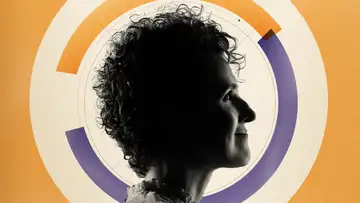News Media Literacy and ConspiracyTop of Mind with Julie Rose • Season 1, Episode 728, Segment 5
Jan 18, 2018 • 20m
Guest: Stephanie Craft, PhD, Professor of Journalism, University of Illinois
Today President Trump had said he’d hold his “Fake News Awards” to single out “the most corrupt & biased of the Mainstream Media.” It’s unclear if that event will actually happen, but Trump has made no secret of his dislike for outlets ranging from CNN to the New York Times. What Trump calls “fake news” are generally well-sourced and responsibly reported stories that he simply disagrees with. If the story is too critical of him, it’s “fake news.” But that’s confusing, because there’s a form of “fake news” that really is fake - conspiracy theories and made-up stories - and we know there’s a problem with that kind of thing duping Americans. President Trump has actually promoted some of those conspiracy theories – like the one about Barack Obama not being born in America.
With the President muddying the waters about the nature of truth, how can we expect casual consumers of the news to tell the difference between fact and fiction online?